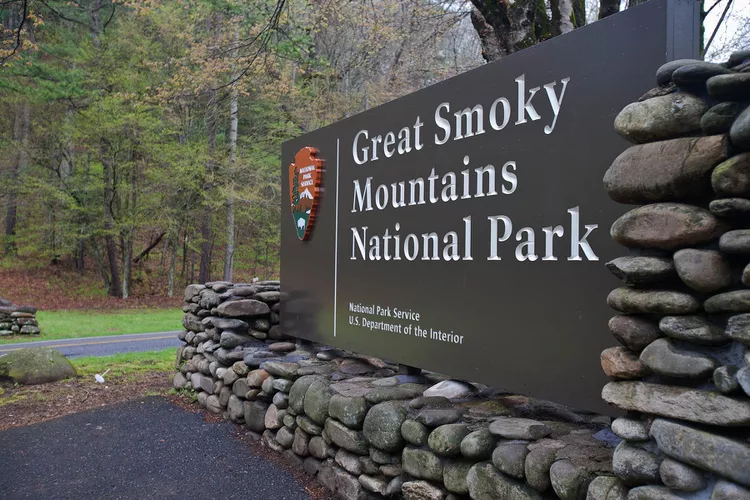Summary
Trail Closures Explained
Great Smoky Mountains National Park has closed several trails due to black bears feeding in the area, preparing for hibernation. The park temporarily closed the Gatlinburg Trail, which connects Gatlinburg and the Sugarlands Visitor Center, as well as the Twin Creeks Trail, which links Gatlinburg to the Twin Creeks Science and Education Center. This decision was made to enhance the safety of park-goers and allow the black bears to prepare for their winter hibernation by feeding on acorns without disturbance.
Understanding Bear Activity
During this time, bears may travel more than 30 miles to find specific oak trees. The NPS notes, “Generally bears are solitary; however, during the fall, several bears may be seen feeding in close proximity. They often feed for more than 12 hours a day, concentrating in areas with abundant food sources. Consequently, normally wary bears may act aggressively to defend these areas.”
Safety Tips for Visitors
If hikers encounter a black bear, the NPS advises keeping a safe distance and using binoculars or a telephoto lens for observation. Notably, it is illegal to purposely approach within 150 feet of a black bear. If a bear begins to follow a visitor, they should change direction. However, if the bear persists, it is vital for the person to stand their ground. If the bear approaches closer, they should talk loudly, shout, and act assertively to intimidate the bear. Travelers carrying bear spray should be prepared to use it when the bear comes within 20 yards.
Exploring the Smoky Mountains
Approximately 1,500 bears reside in the park, which stretches between North Carolina and Tennessee, with some weighing over 600 pounds as they prepare for winter. Beyond the currently closed trails, visitors can explore various attractions and accommodations in Smoky Mountains National Park, including luxurious glamping camps and the park’s pristine landscapes, which have been recognized with UNESCO World Heritage status.
For additional information, you may refer to the National Park Service website.




